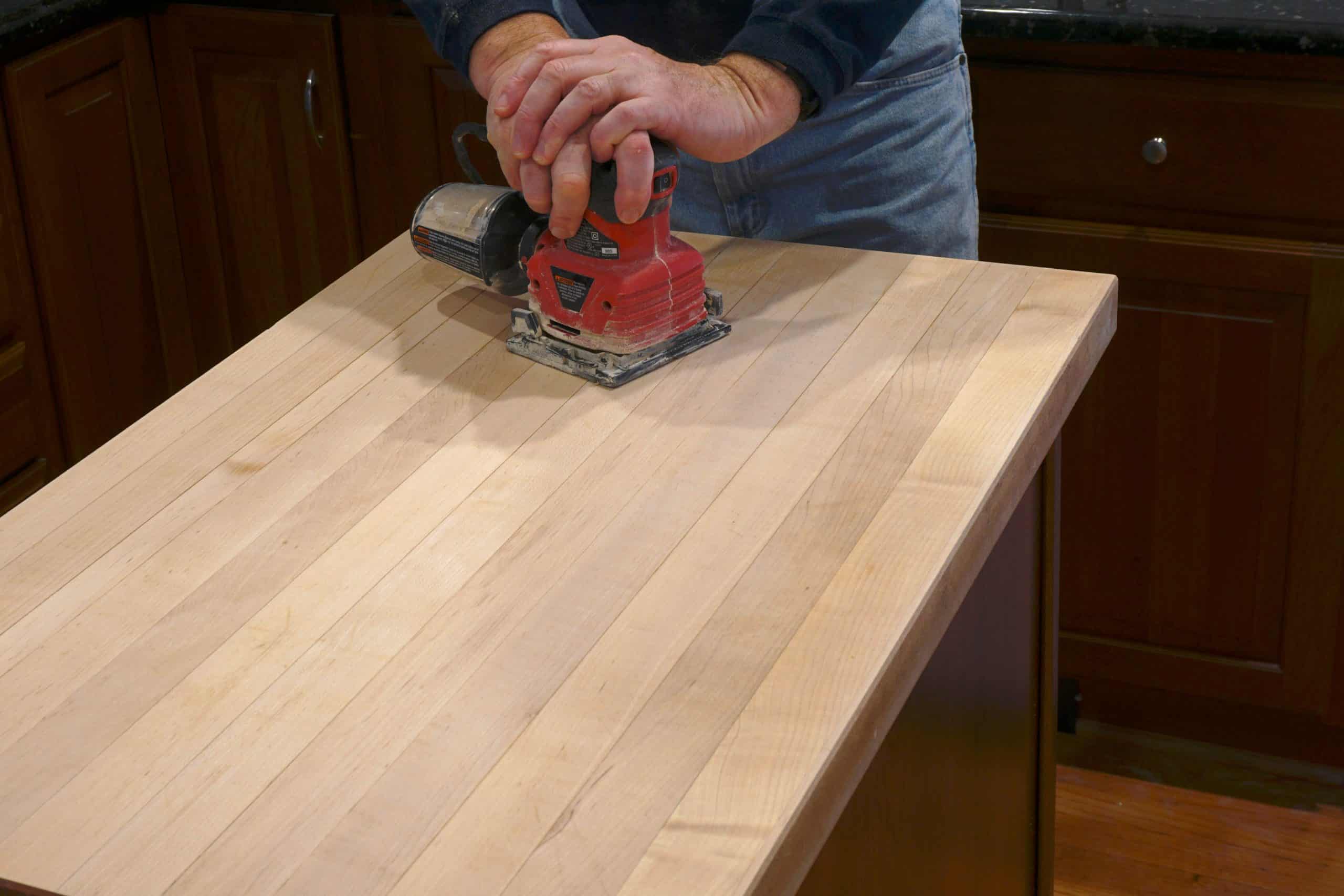Tired of staring at worn-out countertops? Countertop refinishing in Financial District, NY is your solution. We effectively eliminate those unsightly cuts, spills, nicks, and stains by revitalizing your surfaces. Diamond Stone Restoration Corp can rejuvenate your kitchen or bathroom with our specialized methods.

Hear from Our Customers

At Diamond Stone Restoration Corp, we’re deeply rooted in New York City. We understand the specific challenges homeowners face in this area, like the effects of humidity and temperature fluctuations on countertops. Our team of skilled artisans specializes in countertop resurfacing, using only the finest materials, such as high-grade epoxy resins and specialized pigments, and proven techniques to guarantee lasting beauty and resilience. We’re not just applying a coating; we’re restoring the integrity of your surfaces.


Ready to get started?
Countertop refinishing is a smart investment that goes beyond aesthetics. By fixing cuts, spills, nicks, and stains, you’re not just improving the look of your space, you’re also protecting the underlying material and extending the life of your countertops. Diamond Stone Restoration Corp uses advanced techniques, including color matching and specialized sealants, to give you a finish that rivals new countertops. Ready to transform your kitchen or bathroom? Contact us today for a free consultation and discover the Diamond Stone Restoration Corp difference in Financial District, NY.

What is now the Financial District was once part of New Amsterdam, situated on the strategic southern tip of the island of Manhattan. New Amsterdam was derived from Fort Amsterdam, meant to defend the fur trade operations of the Dutch West India Company in the North River (Hudson River). In 1624, it became a provincial extension of the Dutch Republic and was designated as the capital of the province of New Netherland in 1625. By 1655, the population of New Netherland had grown to 2,000 people, with 1,500 living in New Amsterdam. By 1664, the population of New Netherland had skyrocketed to almost 9,000 people, 2,500 of whom lived in New Amsterdam, 1,000 lived near Fort Orange, and the remainder in other towns and villages. In 1664 the English took over New Amsterdam and renamed it New York City.
In the late 19th and early 20th centuries, the corporate culture of New York was a primary center for the construction of early skyscrapers, and was rivaled only by Chicago on the American continent. There were also residential sections, such as the Bowling Green section between Broadway and the Hudson River, and between Vesey Street and the Battery. The Bowling Green area was described as “Wall Street’s back yard” with poor people, high infant mortality rates, and the “worst housing conditions in the city”. As a result of the construction, looking at New York City from the east, one can see two distinct clumps of tall buildings-the Financial District on the left, and the taller Midtown neighborhood on the right. The geology of Manhattan is well-suited for tall buildings, with a solid mass of bedrock underneath Manhattan providing a firm foundation for tall buildings. Skyscrapers are expensive to build, but the scarcity of land in the Financial District made it suitable for the construction of skyscrapers.
Business writer John Brooks in his book Once in Golconda considered the start of the 20th century period to have been the area’s heyday. The address of 23 Wall Street, the headquarters of J. P. Morgan & Company, known as The Corner, was “the precise center, geographical as well as metaphorical, of financial America and even of the financial world”.
Learn more about Financial District.Local Resources
Useful Links
Ready To Restore The Beauty Inside Your Stone?
Contact us today!
Diamond Stone Restorations Corp
Company
Support
Useful Links